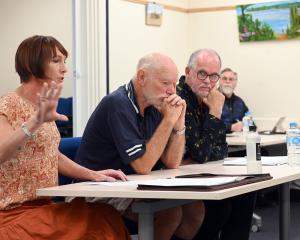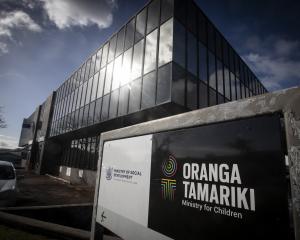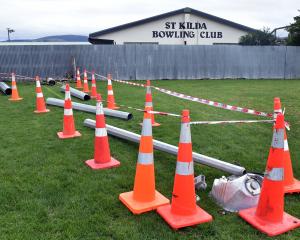Making further improvements in physiotherapy treatment of adults with hip osteoarthritis could bring multimillion-dollar benefits, including better quality of life, two recent studies suggest.
Those studies, involving University of Otago researchers, also suggest that providing more sharply-focused physiotherapy treatment is likely to deliver better outcomes for adults with hip osteoarthritis than the common practice of combining several treatments.
The two studies, the first based on Dunedin research, were either led by or co-authored by Associate Prof Haxby Abbott, of the Otago University department of surgical sciences.
Hip and joint osteoarthritis adversely affect hundreds of thousands of New Zealanders and more than $550 million is spent on related treatment, including drug and surgery costs, each year.
The wider economic cost of the two osteoarthritis conditions, including lost productivity, was estimated at $2.2 billion in 2010.
Research showed exercise therapy or manual therapy could provide ''life-transforming'' benefits for many people with hip osteoarthritis, Prof Haxby said.
A new study co-authored by Prof Haxby and published this month found combining several physiotherapy treatments did not produce greater improvements in pain or function than inactive ''sham'' treatments among adults with hip osteoarthritis.
The latest research has been published in the Journal of the American Medical Association.
Those findings and an earlier Otago study provided an important message to physiotherapists that the combined ''multi-modal'' approach was ''not as effective as it could be'', he said in an interview.
Both studies suggested physiotherapists should ''focus on delivering one mode of therapy at a time, do it well, and deliver an adequate dose of that therapy'', instead of providing many different kinds of therapy for osteoarthritis patients, he said.
The latest study, led by Prof Kim Bennell, of Melbourne University, randomly selected hip osteoarthritis patients to attend sessions of either active physiotherapy treatment, including manual therapy and exercise therapy, or ''placebo treatments'', including inactive ''sham'' ultrasound therapy.
Results of the ''multi-modal'' approach were no better than an attentive physiotherapist delivering ''sham'' treatments, combined with health advice.












